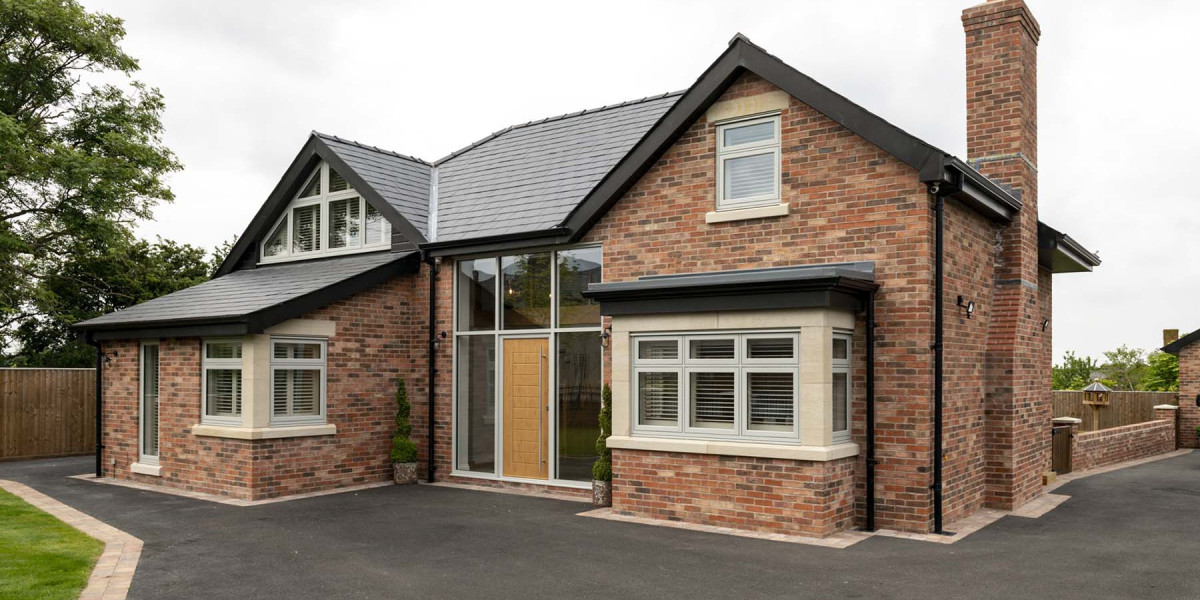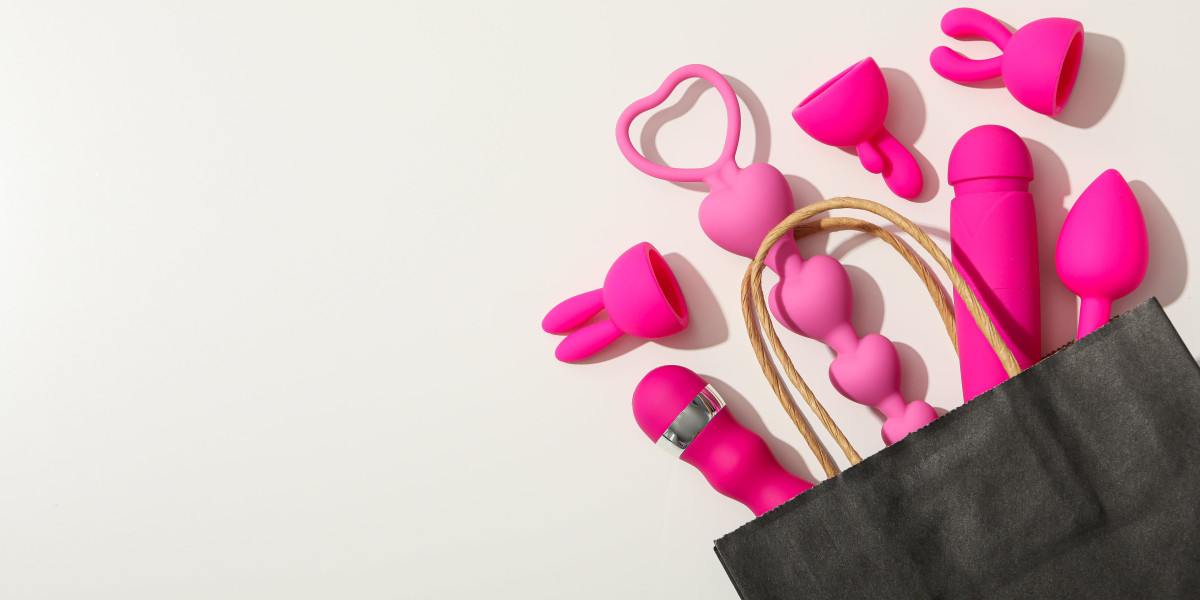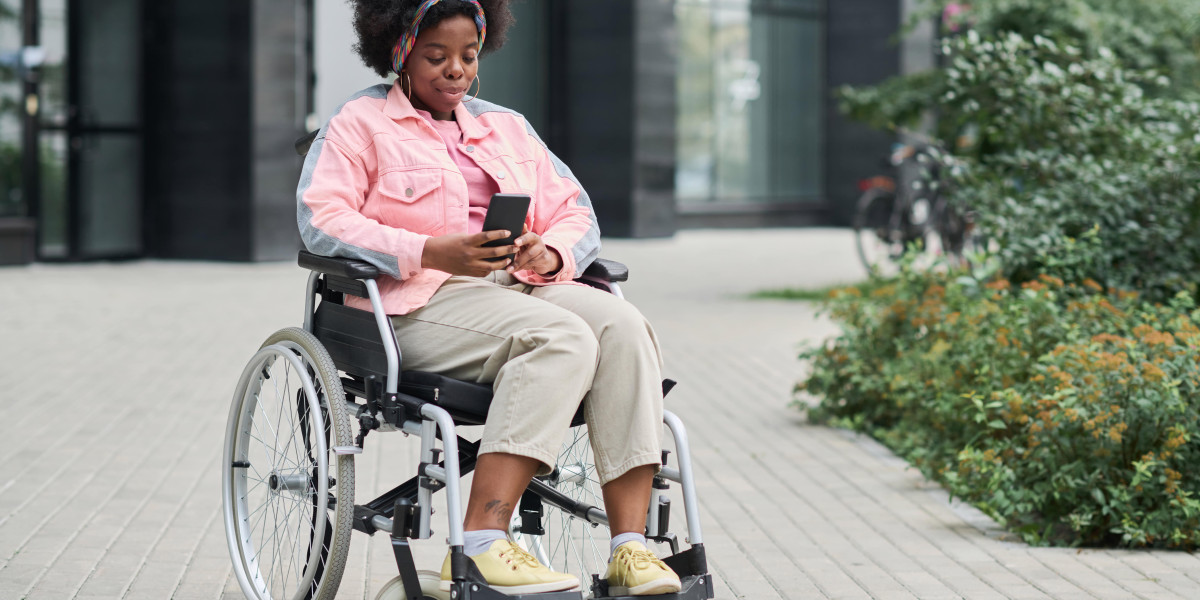
Bi-folding Door Repair: A Comprehensive Guide to Troubleshooting and Maintenance
Bi-folding doors, also referred to as folding sliding doors or concertina doors, have surged in popularity in contemporary homes for their ability to flawlessly combine indoor and outdoor spaces. Their extensive glass panels flood rooms with natural light and produce an open, airy feel, making them a preferable feature for patios, conservatories, and room dividers. Nevertheless, like any mechanical system, bi-folding doors can encounter problems with time, requiring repair and upkeep to guarantee they continue to operate efficiently and visually.

This short article acts as a helpful guide to understanding typical problems with bi-folding doors, supplying insights into DIY repair choices and when it's best to hire a professional. We will likewise delve into preventative maintenance suggestions to extend the life expectancy and optimum efficiency of these excellent bifold door wear and tear systems.
Understanding Common Bi-folding Door Problems
Before trying any repairs, it's essential to recognize the particular problem affecting your bi-folding doors. Several concerns can arise, typically originating from wear and tear, misalignment, or improper upkeep. Here are some of the most frequently experienced problems:
- Difficult Operation: Doors become stiff, tough to open or close, or require excessive force. This can be due to friction in the tracks, hinges, or rollers.
- Squeaking or Grinding Noises: Annoying noises during operation frequently indicate an absence of lubrication, worn rollers, or debris in the tracks.
- Doors Dragging or Catching: Doors might scrape against the frame, flooring, or each other. This could signify misalignment, warping, or harmed rollers.
- Spaces or Draughts: Visible spaces in between door panels or the frame can cause drafts, heat loss, and security issues. This may point to problems with seals, hinges, or the locking mechanism.
- Water Leaks: Water ingress, specifically around the bottom of the doors, may indicate broken weather condition seals or drainage blockages.
- Locking Problems: Difficulties locking or opening the doors can be due to misalignment, a malfunctioning lock mechanism, or concerns with the handle.
- Damaged Rollers or Tracks: Worn, split, or damaged rollers and damaged tracks can significantly hamper smooth operation and lead to other issues.
- Loose or Damaged Hinges: Hinges are crucial for the folding action. Loose or damaged hinges can trigger doors to sag, bind, and run incorrectly.
DIY Bi-folding Door Repairs: Tackling Common Issues
Numerous minor bi-folding door concerns can be addressed with basic DIY skills and tools. Before beginning any repair, guarantee you have the needed security equipment, such as gloves and eye defense. Constantly describe the maker's guidelines if available and proceed with care.
Here's a breakdown of common DIY repair tasks:
1. Lubrication and Cleaning:
- Identify Points of Friction: Locate hinges, rollers, tracks, and locking systems where friction seems obvious.
- Clean Tracks and Rollers: Use a stiff brush or vacuum to get rid of debris, dust, and dirt from the tracks. For rollers, thoroughly clean around each wheel.
- Apply Lubricant: Use a silicone-based lubricant specifically developed for doors and windows on all moving parts. Avoid oil-based lubes as they can draw in dust and grime. Spray lubricant sparingly and rub out any excess.
- Test Operation: Open and close the doors numerous times to distribute the lubricant and assess if the operation has actually improved.
2. Adjusting Rollers:
- Locate Roller Adjustment Screws: Most bi-folding door roller systems have change screws, often available from the side or top of the door panels. Consult your door's manual if you are unsure of their place.
- Loosen Adjustment Screws: Use a screwdriver or Allen key to slightly loosen up the modification screws.
- Adjust Roller Height: Gently change the roller height to raise or decrease the door panel. This may need small trial and error. Adjust in small increments and test the door operation after each modification.
- Tighten Adjustment Screws: Once smooth operation is achieved, securely tighten the modification screws to lock the rollers in place. Ensure you adjust all rollers equally to preserve even weight circulation and positioning.
3. Tightening Up Hinges and Hardware:
- Inspect Hinges: Check all hinges for looseness or damage.
- Tighten Loose Screws: Use a screwdriver to tighten any loose screws on hinges, deals with, and locking systems. Be cautious not to overtighten and strip the screw heads.
- Replace Damaged Screws: If screws are stripped or damaged, replace them with appropriately sized replacements.
- Examine Handle and Lock Fixings: Ensure manages and locking systems are securely fastened and operating correctly.
4. Weather Condition Seal Replacement:
- Identify Damaged Seals: Inspect weather condition seals around the door boundary for fractures, tears, or deterioration.
- Eliminate Old Seals: Carefully remove the old weather seals, frequently they are push-fit or glued in location.
- Clean Seal Channel: Clean the channel where the weather condition seal sits to get rid of any particles or adhesive residue.
- Install New Seals: Cut the brand-new weather condition seal to the proper length and carefully push or glue it into the channel, making sure a tight and constant seal.
When to Call a Professional Bi-folding Door Specialist
While DIY repairs can deal with minor problems, certain issues require the know-how of a qualified bi-folding door repair professional. Trying complex repairs without the right knowledge and tools can aggravate the issue and potentially jeopardize the door's stability and security.
Here are situations when expert support is strongly advised:
- Significant Misalignment: If you can not fix dragging, capturing, or gaps with basic roller modifications, it might indicate a more serious structural concern within the door frame or opening.
- Harmed Tracks or Rollers: Replacing tracks or rollers frequently needs specialized tools and knowledge of the door system. Trying this yourself can be challenging and may cause more damage.
- Complex Locking Mechanism Faults: If you think an issue within the internal locking system or if the locking system is intricate, professional medical diagnosis and repair are necessary to maintain security.
- Glass Panel Issues: Never try to repair or replace glass panels yourself. Broken or damaged glass panels need specialist handling and replacement to make sure security and proper sealing.
- Distorted or Damaged Door Panels: Warped or significantly harmed bifold door track adjustment panels often need professional evaluation to determine the cause and proper repair or replacement.
- Repeating Problems: If you discover yourself often carrying out the very same DIY repairs, it may suggest a hidden concern that needs expert attention to avoid future problems.
- Doors Under Warranty: Performing DIY repairs on doors still under service warranty may void the guarantee. Always speak with the warranty terms before trying any repairs yourself.
Preventative Maintenance: Ensuring Longevity
Proactive maintenance is essential to avoiding many bi-folding door problems and extending their life expectancy. Regular care can conserve you time, cash, and disappointment in the long run.
Here are vital preventative maintenance suggestions:
- Regular Cleaning: Clean tracks and rollers frequently (a minimum of every couple of months, or more frequently in dirty environments) to avoid particles build-up.
- Lubrication: Lubricate moving parts (hinges, rollers, locks) at least two times a year, or as needed, using a silicone-based lube.
- Inspection of Weather Seals: Inspect weather condition seals annually for damage and replace them quickly to avoid drafts and water leaks.
- Check Fixings: Periodically inspect and tighten up screws on hinges, deals with, and locking systems.
- Mild Operation: Avoid requiring the doors open or closed. If they are stiff, examine the cause rather of applying excessive force.
- Professional Servicing: Consider annual or bi-annual expert servicing and assessment, particularly for complex systems, to capture potential concerns early and make sure optimal performance.
Conclusion
Bi-folding doors are a spectacular addition to any home, improving both aesthetics and performance. Comprehending typical repair needs and practicing preventative maintenance will make sure these doors continue to operate efficiently and reliably for years to come. While DIY repairs are suitable for small issues, acknowledging when to look for expert aid is important for complex problems and keeping the integrity and security of your bi-folding door system. By integrating proactive upkeep with notified repair decisions, you can delight in the benefits of your bi-folding doors without unnecessary inconvenience and expenditure.
Frequently Asked Questions (FAQs)
Q: How typically should I oil my bi-folding door hinges and rollers?
A: It is suggested to lubricate bi-folding bifold door repair tutorials hinges and rollers a minimum of two times a year. However, in dusty or coastal environments, you might require to oil them more often, possibly every 3-4 months. Listen for squeaking or tightness-- these are great indicators that lubrication is needed.
Q: What type of lube should I utilize for my bi-folding doors?
A: Use a silicone-based lube particularly created for doors and windows. Silicone lubes work at minimizing friction and are less likely to attract dust and gunk compared to oil-based lubes. Prevent utilizing WD-40 as a long-term lube as it can dry out and bring in dust.
Q: Can I adjust bi-folding door rollers myself?
A: Yes, basic roller changes are typically DIY-friendly. Locate the adjustment screws (describe your door handbook if required), and utilize a screwdriver or Allen secret to make little adjustments. Keep in mind to change all rollers evenly and test operation after each adjustment. If you're unsure or the adjustments do not fix the issue, consult a professional.
Q: How do I clean bi-folding door tracks?
A: Use a stiff brush or vacuum cleaner with a crevice tool to remove dust, dirt, and debris from the tracks. For persistent grime, you can utilize a wet fabric or mild soapy water, ensuring you dry the tracks completely afterwards. Routine cleansing is vital for smooth operation.
Q: My bi-folding doors are dripping water at the bottom. What could be the issue?
A: Water leaks at the bottom of bi-folding doors can be brought on by several concerns:
- Damaged or Deteriorated Weather Seals: Inspect and replace any damaged weather condition seals along the bottom edge of the doors.
- Obstructed Drainage Holes: Check for drain holes at the bottom track and guarantee they are not blocked by debris. Clear any blockages to enable water to recede.
- Inaccurate Threshold Installation: If the limit is not appropriately installed or sealed, water can penetrate beneath. This might need expert evaluation and correction.
Q: How much does it normally cost to repair bi-folding doors professionally?
A: The expense of expert bi-folding door repair varies depending upon the complexity of the issue, the parts required, and the labor rates in your location. Basic repairs like roller adjustments or hinge tightening may cost around ₤ 100-₤ 200. More complicated repairs, such as track or roller replacement, or fixing locking systems, could range from ₤ 300-₤ 500 or more. Constantly get quotes from multiple reliable specialists to compare rates and services.







